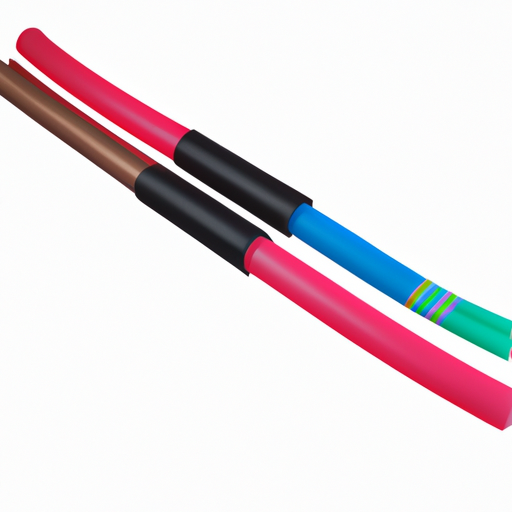
Dual Wall Heat Shrink Tubing: Core Functional Technology and Application Development
Introduction to Dual Wall Heat Shrink Tubing
Dual wall heat shrink tubing is a specialized protective solution designed to enhance the insulation and durability of electrical components. Comprising two distinct layers—an outer heat-shrinkable layer and an inner adhesive-lined layer—this tubing is engineered to provide superior protection against environmental factors, making it indispensable in various demanding applications.
Core Functional Technologies
| 1. Material Composition | |
| 2. Heat Shrinkage Mechanism | |
| 3. Electrical Insulation | |
| 4. Environmental Resistance | |
| 5. Thermal Management | |
| 1. Electrical Cable Protection | |
| 2. Aerospace Applications | |
| 3. Telecommunications | |
| 4. Industrial Equipment | |
| 5. Renewable Energy |
Application Development Cases
Conclusion
Dual wall heat shrink tubing, exemplified by the SB-SGS-25 2.5KV variant, represents a significant advancement in electrical insulation and protection technology. Its unique combination of materials and design features makes it suitable for a wide range of applications across various industries, ensuring safety, reliability, and performance in challenging environments. As technology continues to evolve, the development and application of dual wall heat shrink tubing will likely expand, further enhancing its role in modern electrical and electronic systems. This innovation not only addresses current industry needs but also paves the way for future advancements in electrical protection solutions.




